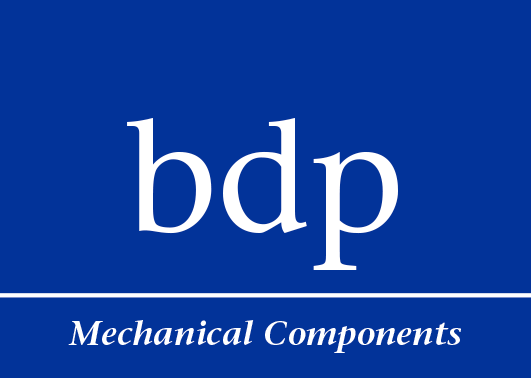Newsletter May 2024:
By: Carlos Carulla
The Importance of Material Selection in Design
Introduction
In the intricate world of manufacturing, every decision holds weight, but few are as pivotal as material selection in the design process. At bdp Mechanical Components, we understand the critical role that material plays in determining the success and efficiency of your projects. In this newsletter, we delve into the significance of selecting the right material, exploring various standards and their implications on the final product.
Standards and Their Impact
Material selection is not an arbitrary process; it requires careful consideration of standards set forth by regulatory bodies such as the European EN, American ASTM, and German DIN standards. These standards delineate the properties, delivery conditions, characteristics, and performance expectations of different materials, serving as a compass for engineers and designers.
Material selection is governed by a complex interplay of standards, each offering unique insights into the properties and characteristics of different materials. One such example is AISI 304, a widely used stainless steel alloy renowned for its corrosion resistance and versatility. Under the American Iron and Steel Institute (AISI) standardization, AISI 304 is classified as a member of the 300 series austenitic stainless steels.
In the European Union, AISI 304 is equivalent to stainless steel grade 1.4301 under the European norm EN 10088-1. Similarly, in Japan, it corresponds to SUS304 under the Japanese Industrial Standards (JIS). In Germany, AISI 304 is known as X5CrNi18-10 according to the German DIN standard.
AISI 304 is available in various delivery conditions to suit different manufacturing requirements. These conditions include cold rolled, hot rolled, annealed, and pickled, among others. Each delivery condition offers distinct advantages in terms of surface finish, dimensional accuracy, and mechanical properties.
Despite the ubiquity of AISI 304, alternative options exist to cater to specific project needs. For instance, AISI 316L provides enhanced corrosion resistance, making it suitable for marine and aggressive environments. Additionally, AISI 304L offers similar chemical properties to AISI 304 but with reduced carbon content, enhancing weldability and forming capabilities. Other alternatives include duplex stainless steels such as AISI 2205, which offer superior strength and corrosion resistance compared to austenitic stainless steels.
Exploring these alternatives allows manufacturers to tailor their material selection to the unique requirements of their projects, balancing performance, cost, and availability effectively.
Material Selection and Its Ramifications
The choice of material reverberates throughout the entire manufacturing process, influencing not only the final part specifications but also the raw part price and the manufacturing methodology. Each material comes with its unique set of strengths, limitations, and cost considerations, necessitating a strategic approach to material selection.
Material selection is a multifaceted endeavour, encompassing a plethora of considerations tailored to the specific characteristics of each material. For instance, when evaluating options, factors such as formability, manufacturing processes, budget constraints, intended application, mechanical properties, chemical composition, delivery conditions, and price must all be meticulously weighed. Each material presents its unique set of advantages and challenges, necessitating a comprehensive understanding of its properties and suitability for the intended use. Whether optimizing for strength, durability, lightweight construction, or cost-effectiveness, navigating through the array of options demands a thorough analysis to ensure the optimal choice aligns with the project’s objectives and requirements.
How bdp Can Assist You
At bdp Mechanical Components, we specialize in guiding European manufacturers through the intricate landscape of material selection. Our team of experts is well-versed in the nuances of different material standards, ensuring that your projects adhere to the highest quality benchmarks.
Moreover, we offer a comprehensive suite of services aimed at optimizing your material selection process. From conducting thorough material analyses to providing alternative solutions that meet your baseline requirements, we are committed to helping you achieve your project goals efficiently and cost-effectively.
With bdp by your side, you can rest assured that your material selection dilemmas will be resolved with precision and expertise.
Conclusion
In conclusion, the importance of selecting the right material cannot be overstated. From influencing part specifications to impacting manufacturing costs, the choice of material reverberates throughout the entire design process. By adhering to established standards and leveraging the expertise of bdp Mechanical Components, European manufacturers can navigate the complexities of material selection with confidence and precision.
For inquiries or assistance with your material selection needs, feel free to contact us: purchase@bdp-mc.com. Our team at bdp Mechanical Components will be happy to advise and support you.


